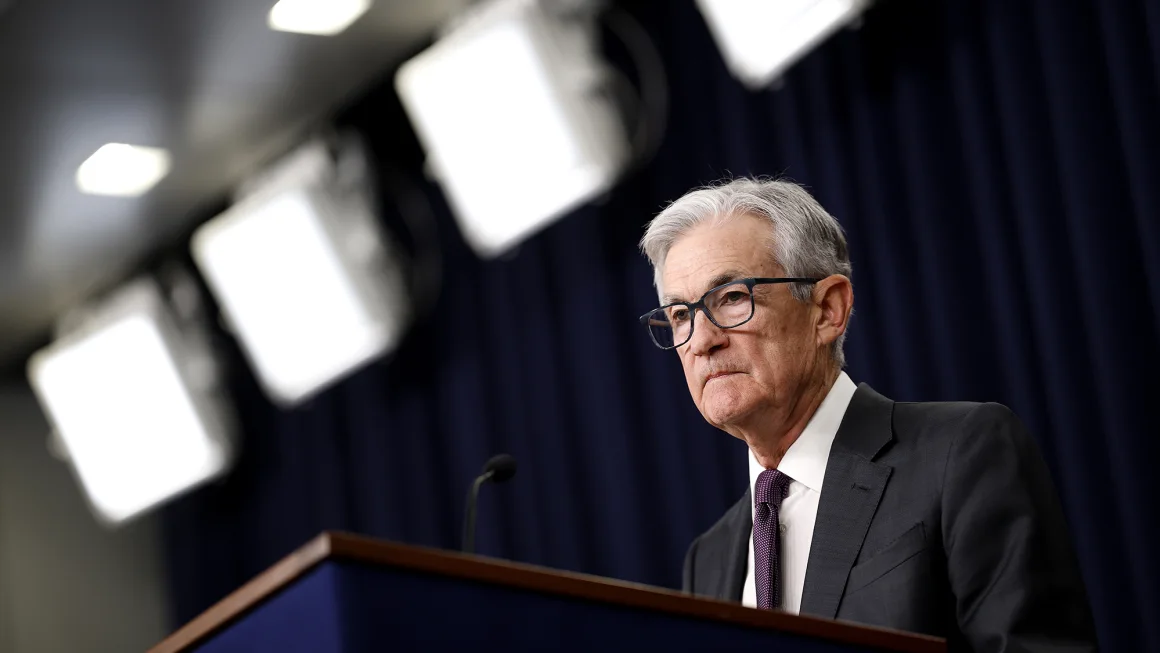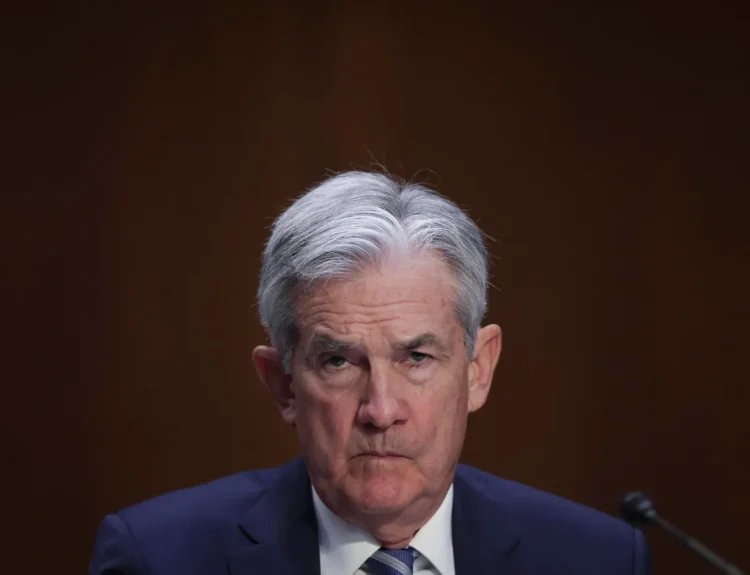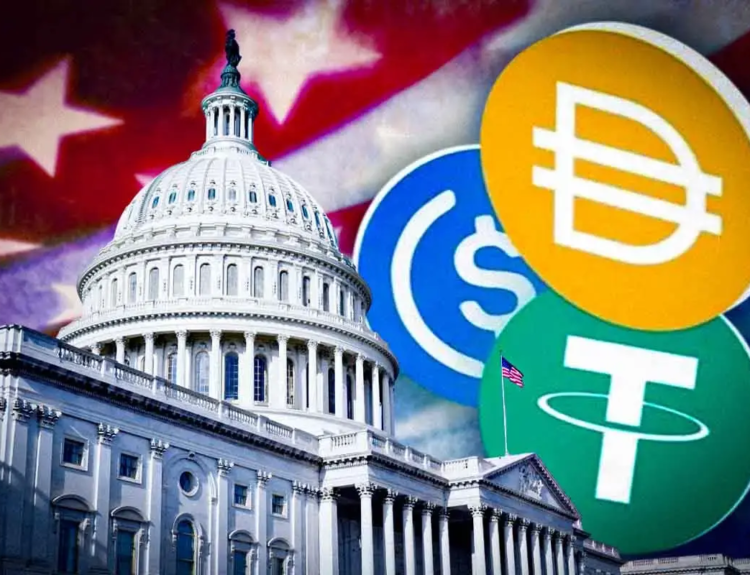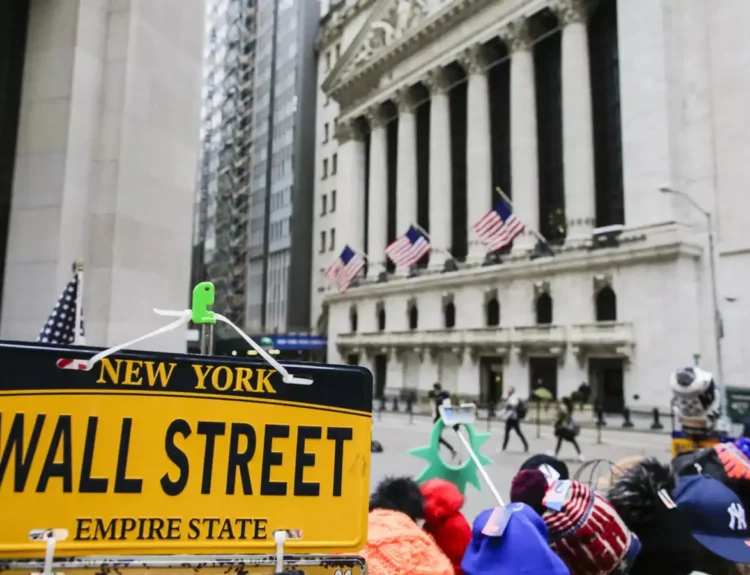Federal Reserve Chair Jerome Powell issued his strongest warning yet about the potential fallout from President Trump’s sweeping tariffs, telling the Economic Club of Chicago that the central bank may soon be forced to choose between supporting economic growth and containing inflation—a trade-off not seen in nearly half a century.
“The level of the tariff increases announced so far is significantly larger than anticipated,” Powell said in his prepared remarks.
“We may find ourselves in the challenging scenario in which our dual-mandate goals are in tension.”
Patience… for Now
Despite the mounting pressure, Powell made clear that the Fed isn’t rushing to adjust interest rates just yet.
“For the time being, we are well positioned to wait for greater clarity before considering any adjustments to our policy stance.”
He emphasized that the Fed would respond based on data, especially as the economic picture evolves over the coming months.
“If that were to occur, we would consider how far the economy is from each goal, and the potentially different time horizons over which those respective gaps would be anticipated to close.”
“We understand that elevated levels of unemployment or inflation can be damaging and painful for communities, families, and businesses.”
Stagflation Fears Return
Powell and other Fed officials have begun invoking the specter of stagflation—a 1970s-style mix of rising prices and falling growth.
“A tariff is like a negative supply shock,” Chicago Fed President Austan Goolsbee said last week.
“That’s a stagflationary shock, which is to say it makes both sides of the Fed’s dual mandate worse at the same time. Prices are going up while jobs are being lost and growth is coming down, and there is not a generic playbook for how the central bank should respond.”
Economic Data Flashing Yellow
While Powell stressed that the economy remains “in a solid position,” he admitted that early Q1 data shows growth slowing from last year’s strong pace.
“The data in hand so far suggest that growth has slowed in the first quarter from last year’s solid pace,” he said.
“Despite strong motor vehicle sales, overall consumer spending appears to have grown modestly. In addition, strong imports during the first quarter, reflecting attempts by businesses to get ahead of potential tariffs, are expected to weigh on GDP growth.”
The Atlanta Fed is now forecasting Q1 GDP to shrink slightly (−0.1%), factoring in distortions from surging gold imports/exports and pre-tariff stockpiling by car buyers.
Inflation: Not So Transitory?
Powell made it clear that the Fed is concerned about both actual inflation and public perception.
“Tariffs are highly likely to generate at least a temporary rise in inflation. The inflationary effects could also be more persistent. Avoiding that outcome will depend on the size of the effects, on how long it takes for them to pass through fully to prices, and, ultimately, on keeping longer-term inflation expectations well anchored.”
Though inflation has cooled since peaking in 2022, Powell warned that it remains above the Fed’s 2% target, and consumer expectations have started to deteriorate.
“We may find ourselves in the challenging scenario in which our dual-mandate goals are in tension.”
Cleveland Fed President Beth Hammack echoed Powell’s cautious stance:
“This is a difficult set of risks for monetary policy to navigate.”
“Given the economy’s starting point, and with both sides of our mandate expected to be under pressure, there is a strong case to hold monetary policy steady in order to balance the risks coming from further elevated inflation and a slowing labor market.”
“When clarity is hard to come by, waiting for additional data will help inform the path ahead.”
What’s at Stake?
Trump’s trade agenda is aggressive:
- 25% tariffs on aluminum, steel, and cars
- 145% duty on Chinese imports
- 10% baseline tariff on all imports
- Additional levies coming soon on semiconductors, pharmaceuticals, copper, and timber
While exemptions were granted temporarily for some electronics, the scale of the tariffs is “significantly larger than anticipated,” Powell emphasized.
“Tariffs are likely to move us further away from our goals … probably for the balance of this year.”
Market Respond Cautiously
Markets slipped as Powell spoke. Treasury yields fell, and stocks hit session lows as traders priced in prolonged uncertainty.
While markets still expect 3 to 4 rate cuts in 2025, Powell gave no indication of any immediate changes, instead reiterating a wait-and-see strategy.
“We may find ourselves in the challenging scenario in which our dual-mandate goals are in tension.”
“We would consider how far the economy is from each goal, and the potentially different time horizons over which those respective gaps would be anticipated to close.”
Disclosure: This article does not represent investment advice. The content and materials featured on this page are for educational purposes only.
Related:
Nvidia faces $5.5 billion charge as US restricts chip sales to China
China to now pay up to 245% tariffs on imports to US: Trump’s latest move
China appoints new trade envoy in face of tariff turmoil
Rumoured Iphone Fold could cost over $2,000 at launch
What the Market Isn’t Telling You: Gold, Bonds, Hedge Funds & Fed’s Next Move
Mark Zuckerberg defends Meta in social media monopoly trial










